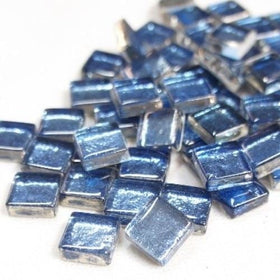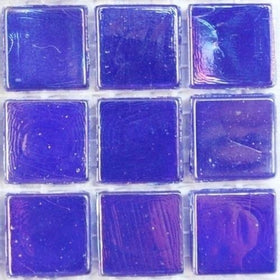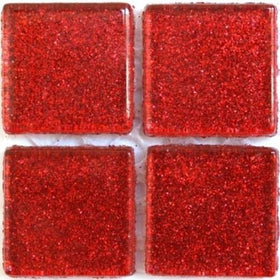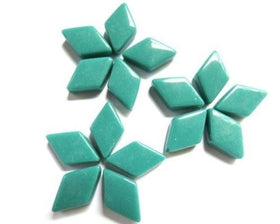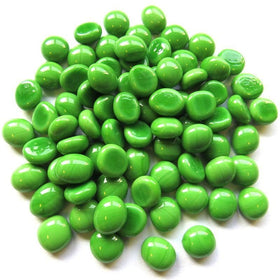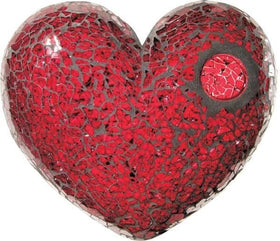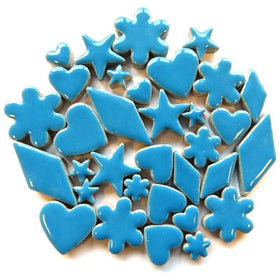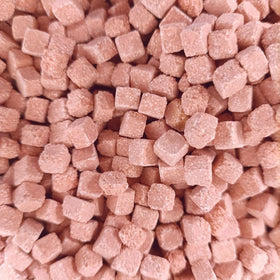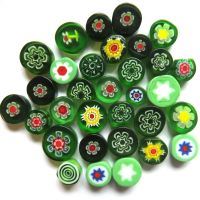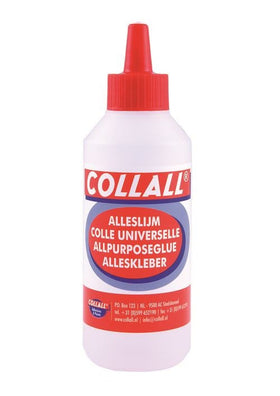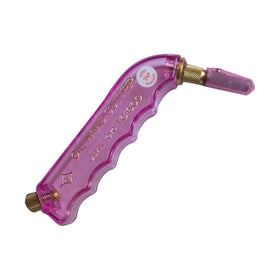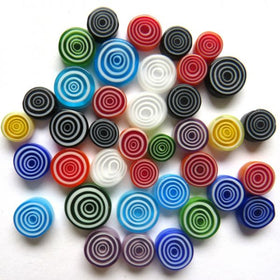Writing an Artist's Statement
We know that many artists balk at the idea of writing an artist statement. How often have you heard, “my artwork speaks for itself.”
Sound familiar? If you are one who resists we hope you will read on because crafting a statement doesn’t really have to be a painful experience. In fact it can be helpful to both the maker of art and to the viewer as well.
Why it’s important
We heartily agree with the idea that artwork should have enough interest to draw the viewer in all on its own. However, we also believe that a few words of accompaniment are often really helpful to those who are intrigued by what they see. Your audience may simply want to know more; more about you and why you made the individual piece or body of work that currently holds their interest. They are curious about what turns your crank and why you do what you do.
When you are right there, in the gallery, you can easily talk to exhibition visitors about your work. But … when you are elsewhere, your statement can give the viewer the added insight they seek
Many artists think finding the right words and then getting them organized into coherent paragraphs that describe the multitude of variables going into the making of their artwork is impossible. Often, artists are so opposed to the whole statement writing thing they don’t actually get that the process can be painless and well … easy!
Think of it this way; you are simply strengthening the link between the people who come to your exhibition and the artwork you have created. When the viewer reads your statement they are looking for information that only you, the maker of the art, can provide.
An artist’s statement is often requested as part of the required material when submitting to juried exhibitions. They are also needed when making an application for art creation grants. Here are a few tips to help you when writing your statement:
Do
If you remember to keep it short and simple you will find that writing an artist statement can actually help you clarify your own artistic goals. There is no need to write an overly long and awkward essay that is both difficult to write and even harder to read!
- Write about what motivates you to head to the studio and begin working
- Describe your choice in materials
- Describe your process; why do you choose to work with these materials in this particular format?
- Are there any problems you are trying to solve or are there questions you are posing?
- Use language that is easy for everyone to understand
Don’t
- Describe at length what you think the viewer should be seeing and feeling
- Be overly directive, telling the viewer how they ought to be approaching your artwork or insisting where their focus should be when looking at the work
- Give detailed instructions about what the work really means
- Give lengthy descriptions about your influences
This type of discourse is best left to curators, art writers, critics, agents and gallery owners. When you leave these things out of the statement equation you are left with the words that you and only you can provide.



